Walking into a lighting market, faced with a dazzling array of lamps, have you ever been puzzled: even though they're clearly labeled with the same 8-watt wattage, brand A's light shines as bright and vibrant as the rising sun, while brand B's is dim and hazy, like the setting sun? Wattage, the familiar "power consumption label," has become a veiled deception when it comes to revealing a lamp's true brightness. Same wattage, yet vastly different brightness – what optical secrets lie behind this?
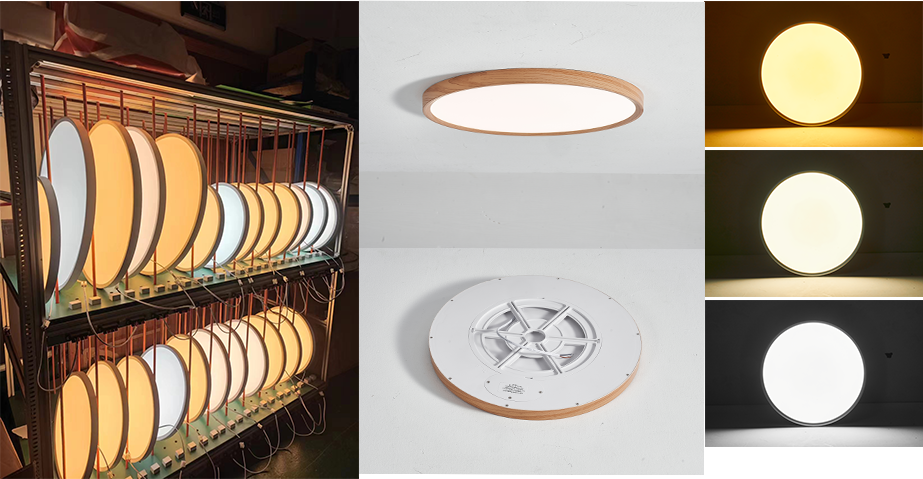
1. Wattage and Brightness: Misunderstood Cousins
1.1 The deeply ingrained consumer belief that "the higher the wattage:
The brighter the light" is a major misconception. Wattage is essentially a unit of power; it simply records the rate at which energy is consumed as current flows through a filament or chip, much like the flow rate on a water meter. What truly defines a space's brightness is luminous flux (unit: lumens, lm). This measures the total amount of visible light emitted by a light source per unit time and represents the true "output" of light energy.
1.2 The relationship between the two is subtle: for the same light source type (e.g., standard LED bulbs):
Increasing wattage often results in increased luminous flux, just as a higher-horsepower engine typically runs at a higher speed. However, when the light sources differ (e.g., LED versus incandescent), wattage becomes incomparable. A high-quality 6W LED bulb can easily surpass the luminous flux of a traditional 60W incandescent bulb, yet the electricity cost is only one-tenth of the latter. This is a revolutionary victory in optical efficiency. The core indicators that determine our perception of "brightness" remain luminous flux and the resulting illuminance (unit: lux) in a space—the density of the luminous flux received per unit area.
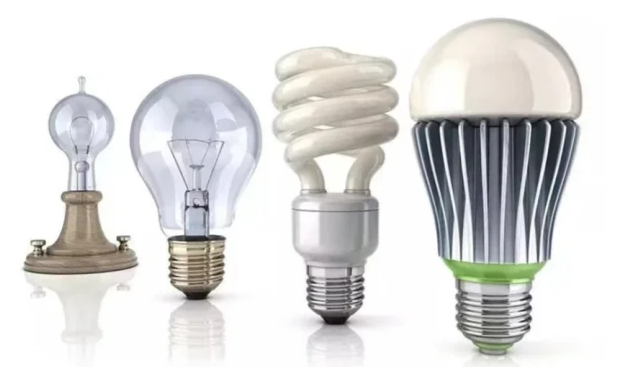
1.3 The following table clearly illustrates the scientific requirements for contrast and luminous flux in spaces with different functions:
Recommended Room Illumination & Luminous Flux | ||||
Place | Reference Area (m²) | Recommended Illumination (lx) | Luminous Flux (lm) | Luminous Flux per(lm/㎡) |
Bedroom | 10 | 150 | 3000 | 300 |
12 | 3600 | |||
15 | 4500 | |||
18 | 4500 | |||
Living Room | 15 | 150 | 6000 | 400 |
20 | 8000 | |||
25 | 10000 | |||
30 | 12000 | |||
Dining Room & Kitchen | / | 200 | / | 400 |
Balcony & Bathroom | / | 150 | / | 300 |
2. The Engineering Strategies Behind Lighting: The Root of Different Luminous Efficacy at the Same Wattage:
When two nominally 8-watt lamps differ by 20 lumens (50 lumens vs. 70 lumens), this is no accident. Wattage only marks the starting point, while luminous flux is the destination. The bridge connecting the two—the overall design and manufacturing quality of the lamp—is the key determining factor in luminous efficacy.
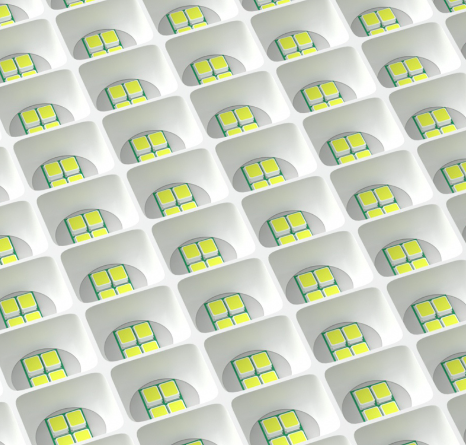
3. Structural Design: Thermal Management is the Invisible Guardian of Luminous Efficacy:
Efficient heat dissipation design is the cornerstone of high-quality lamps. If the heat generated by LEDs cannot be promptly dissipated away from the chip, it will lead to severe "lumen decay"—a rapid decrease in brightness over time. Laboratory data from a major international manufacturer shows that, at the same 8-watt power rating, lamps using precision die-cast aluminum heat sinks and heat pipe technology can maintain lumen decay within 3% after one year. In contrast, lamps using only ordinary plastic heat sinks can experience lumen decay as high as 20%. The material itself also influences the fate of light: high-quality light guides (such as PMMA) with high transmittance and low absorption, and high-purity aluminum reflectors with scientifically designed reflection curves, minimize light loss during its journey, ensuring every ray of light is used effectively.
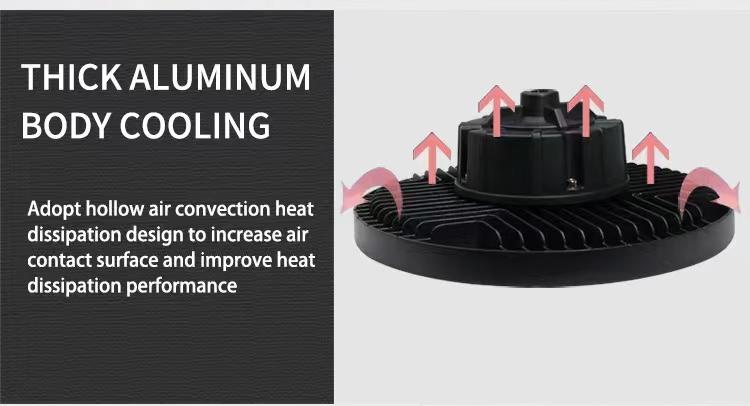
4. Light Source Layout: The Art and Science of Illuminating a Space:
The arrangement of light sources directly determines the uniformity of light and visual comfort. While a single high-power LED can easily achieve high central brightness, it can leave annoying dark areas and glaring spots at the edges of the fixture. Luminaires that utilize a "ring matrix" or "starry sky" distributed design, by precisely arranging dozens or even hundreds of low- and medium-power LEDs and complementing them with scientific optical lenses, can create a soft, even lighting effect resembling natural light. Just like sunlight filtering through the leaves of trees, it is even and gentle. Furthermore, the inherent luminous efficiency advantage of LED technology (currently, high-quality products have surpassed the 200 lm/W mark) far exceeds that of incandescent lamps (approximately 15 lm/W) and CFLs (approximately 60 lm/W), solidifying its dominance in both energy efficiency and brightness.
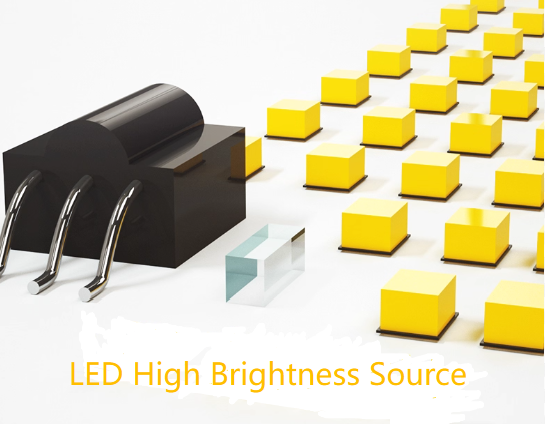
5. Optical Precision: The "Magic of Light" in the Details
The reflector and light guide are the "light conductors" within the lamp. High-quality reflective materials (such as nano-coated reflectors) boast a reflectivity of nearly 98%, precisely directing light that would otherwise be lost and wasted to the target area. The light guide, through its precise mesh design, ensures uniform light diffusion, eliminating the "yin-yang" effect. Color temperature (unit: Kelvin, K) works its magic on a perceptual level: at the same luminous flux, 5000K cool white light is perceived by the brain as "brighter" due to its high color contrast, while 2700K warm yellow light creates a "warm and relaxing" atmosphere. This explains why cool white light is often chosen for study rooms to enhance alertness, while warm light is preferred for bedrooms to aid sleep.
6. Driver: The Overlooked "Energy Commander"
The driver, the "heart" of a luminaire, plays a crucial role in luminous efficacy.
It converts mains electricity into the safe DC power required by LEDs. A high-quality driver with a conversion efficiency exceeding 90% (e.g., using active PFC and synchronous rectification) can deliver nearly 20% more energy to the LEDs at an input of 8 watts compared to a lower-quality driver with an efficiency of only 70%, directly increasing luminous flux. Furthermore, a high-quality driver provides clean current with no flicker and a high power factor, reducing grid pollution and ensuring long-term stable brightness output. Even a small percentage difference in driver efficiency can result in alarming cumulative energy waste and brightness loss over the long life of a luminaire.
7. Materials and Craftsmanship: The "Dividing Point" of Quality
The "body" of a lamp—the material selection and manufacturing process—is a direct reflection of the differences between factories. Lamp quality is key: Using high-efficiency, high-CRI LED chips from international manufacturers (such as Cree and Nichia) produces significantly higher luminous flux per watt and color reproduction (CRI>90) than cheap, counterfeit lamps. The packaging process (such as the reliability of gold wire bonding) and the uniformity of the phosphor formulation directly impact light color consistency and lifespan. The lampshade material is also crucial: high-quality PMMA (acrylic) or PC offers high light transmittance and resistance to yellowing, while inferior plastics age and yellow, like a dusty window, significantly reducing effective light output.
8. Standards and Testing: The "Mirror of Truth" in Data
The testing environment and standards behind nominal parameters are another layer of mystery. Responsible brands strictly adhere to international standards such as IES LM-79, measuring actual luminous flux, luminous efficacy, and color temperature in a constant-temperature integrating sphere. Some manufacturers may test under non-standard conditions (such as shortening the warm-up time or increasing the ambient temperature), resulting in inflated "laboratory data." Furthermore, caution is warranted: low-quality lamps may have a steep "luminous decay curve." Initial brightness may appear acceptable, but fades after a few months. Therefore, it's wiser to focus on certifications from authoritative organizations (such as the EU ERP and US Energy Star) and brand reputation rather than simply comparing initial specifications.
9. Choosing Lighting: Beyond Wattage
When navigating the maze of lamp selection, keep the following principles in mind:
1. Prioritize Luminous Flux: Consider lumens (lm) as the core metric, not wattage. Refer to the table above to calculate the total luminous flux required based on the room size and function.
2. Luminous Efficacy is Key: Calculate Luminous Efficacy (lm/W) = Luminous Flux / Wattage. The higher this value, the more efficient the conversion of electrical energy into light, resulting in greater energy savings.
3. Check for reputable certifications: Look for certifications like Energy Star, ERP energy efficiency rating (A++ and above), and CCC, which represent endorsements of performance and safety.
4. Focus on core components: Check whether the LED chips are from reputable brands (such as Cree, Osram, and Lumileds) and high-quality drivers.
5. Consider the overall design: Evaluate the heat dissipation structure (metal heat sinks are better than plastic), optical design (presence of diffusers/reflectors), and color rendering index (CRI > 80; the higher the better).
6. Trust brand reputation: Choose brands that prioritize long-term performance and reliability; their products tend to stand the test of time.
Conclusion:
When a lamp is lit, it projects more than just physical light; it's the product of technology and craftsmanship. Even with the same wattage, from the selection of the lamp beads to the forging of the heat sink, from the optimization of the driver circuit to the ingenious design of the optical path, every detail reflects the engineers' deep understanding and unremitting pursuit of "light."
The next time we pause before a sea of lights, may we no longer be misled by the appearance of wattage. Only by penetrating the fog of numbers and understanding the secrets of light can we truly let every ray of light illuminate our lives and warm our hearts—because true light comes not only from electricity, but also from a sincere belief in quality.



